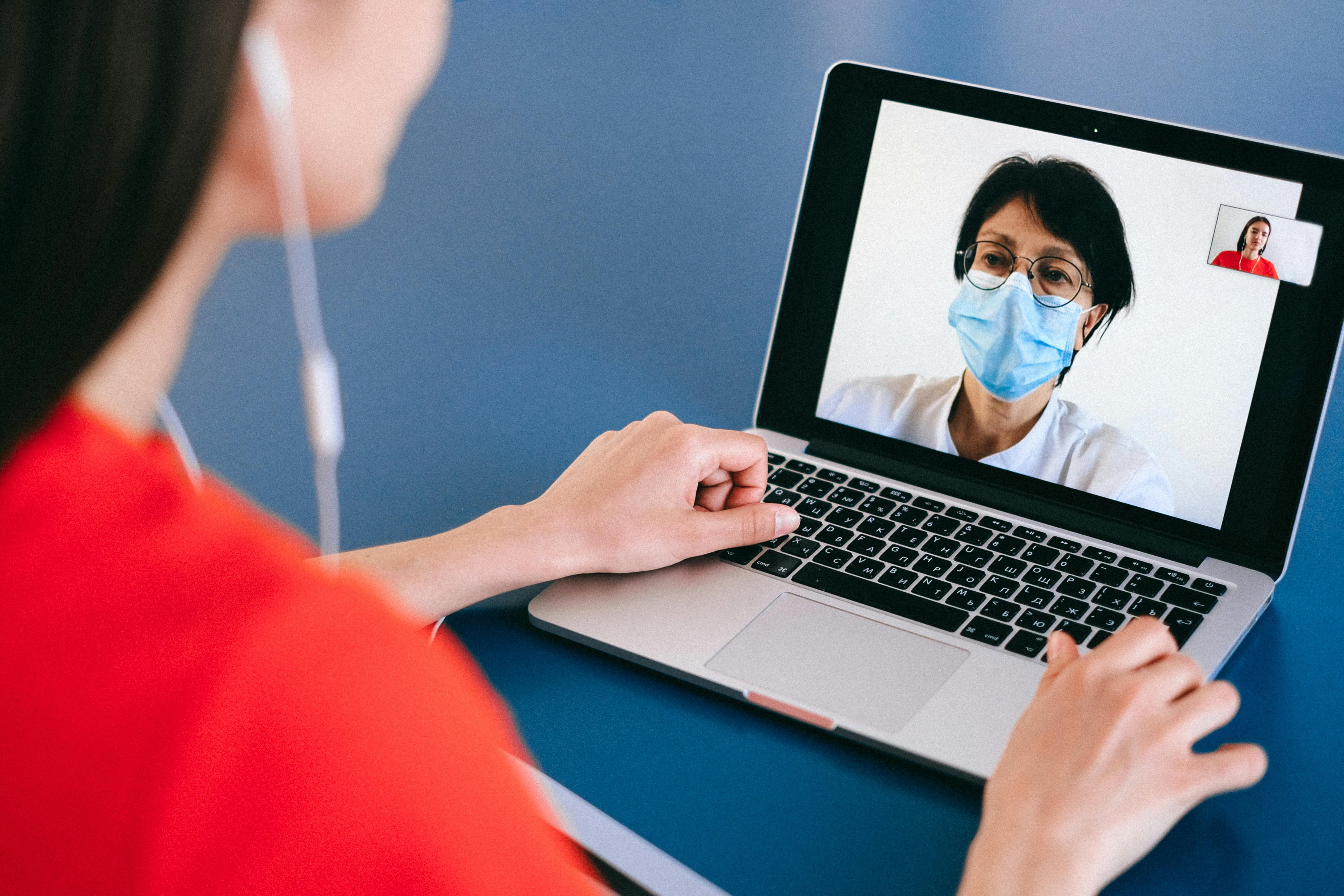Guide to Exploring Remote Healthcare Data Entry Roles and Essential Skills
As healthcare systems continue expanding their digital footprint, new opportunities are emerging in the field of remote data entry. This guide explores how roles in telehealth documentation are structured, which core skills are often considered essential, and how individuals navigate job categories supporting accurate patient recordkeeping in a remote setting. More details on workflows and role variations follow.

What is a remote medical scribe and what do they do?
A remote medical scribe is a healthcare professional who works virtually to document patient encounters in real-time. They typically listen to audio or video of physician-patient interactions and accurately transcribe the information into electronic health records (EHRs). Remote medical scribes play a crucial role in reducing the administrative burden on healthcare providers, allowing them to focus more on patient care.
Key responsibilities of a remote medical scribe often include:
-
Documenting patient history, physical exam findings, and treatment plans
-
Entering diagnostic codes and procedure information
-
Ensuring accurate and timely completion of medical records
-
Assisting with prescription management and follow-up instructions
How does telehealth data entry differ from traditional medical data entry?
Telehealth data entry, while similar in many aspects to traditional medical data entry, has some unique characteristics:
-
Real-time documentation: Telehealth data entry often involves live documentation during virtual patient consultations, requiring fast typing skills and the ability to multitask.
-
Technology proficiency: Familiarity with various telehealth platforms and video conferencing tools is essential for telehealth data entry professionals.
-
Remote communication: Effective communication skills are crucial, as telehealth data entry specialists must interact with healthcare providers and sometimes patients virtually.
-
Adaptability: Telehealth environments can be dynamic, requiring data entry professionals to quickly adapt to different healthcare providers’ styles and preferences.
What are the essential skills for HIPAA data entry compliance?
HIPAA (Health Insurance Portability and Accountability Act) compliance is crucial for all healthcare data entry roles. Essential skills for maintaining HIPAA data entry compliance include:
-
Understanding of HIPAA regulations: A thorough knowledge of HIPAA privacy and security rules is fundamental.
-
Attention to detail: Accuracy in data entry is critical to maintain patient confidentiality and avoid potential breaches.
-
Data security awareness: Familiarity with secure data transmission methods and the ability to identify potential security risks is essential.
-
Ethical decision-making: The ability to make sound judgments regarding patient information access and sharing is crucial.
-
Confidentiality maintenance: Strict adherence to confidentiality protocols and the ability to handle sensitive information responsibly is a must.
What types of virtual healthcare jobs are available in data entry?
The healthcare industry offers a variety of virtual data entry jobs, catering to different skill sets and experience levels:
-
Medical Transcriptionist: Converts audio recordings of physician notes into written reports.
-
Medical Coder: Assigns standardized codes to diagnoses and procedures for billing purposes.
-
Medical Billing Specialist: Processes insurance claims and manages patient billing information.
-
Clinical Data Analyst: Collects, analyzes, and interprets healthcare data to improve patient outcomes and operational efficiency.
-
EHR Data Entry Specialist: Inputs and manages patient information in electronic health record systems.
How can one prepare for a career in remote healthcare data entry?
To prepare for a career in remote healthcare data entry, consider the following steps:
-
Education: Pursue relevant education in healthcare administration, medical coding, or health information technology.
-
Certification: Obtain industry-recognized certifications such as Certified Medical Transcriptionist (CMT) or Certified Professional Coder (CPC).
-
Develop technical skills: Gain proficiency in medical terminology, typing speed, and relevant software applications.
-
Learn about HIPAA: Complete HIPAA compliance training to understand privacy and security regulations.
-
Gain experience: Look for internships or entry-level positions in healthcare settings to build practical experience.
-
Network: Join professional organizations like the Association for Healthcare Documentation Integrity (AHDI) or the American Health Information Management Association (AHIMA).
| Provider | Services Offered | Key Features/Benefits |
|---|---|---|
| ScribeAmerica | Remote medical scribing | Extensive training program, flexible scheduling |
| Aquity Solutions | Telehealth documentation | 24/7 support, specialized in various medical specialties |
| iMedX | Medical transcription and coding | Advanced speech recognition technology, quality assurance |
| M*Modal | Clinical documentation services | AI-assisted documentation, integrated EHR solutions |
| Nuance | Virtual scribing and transcription | Cloud-based platform, real-time documentation |
In conclusion, remote healthcare data entry offers a range of opportunities for those interested in combining healthcare knowledge with technology skills. As the demand for accurate and efficient medical documentation continues to grow, professionals who can adapt to the evolving landscape of telehealth and maintain strict compliance standards will find themselves well-positioned for success in this field.
This article is for informational purposes only and should not be considered medical advice. Please consult a qualified healthcare professional for personalized guidance and treatment.




